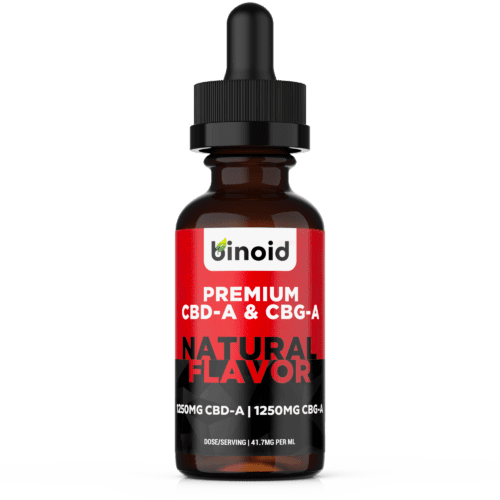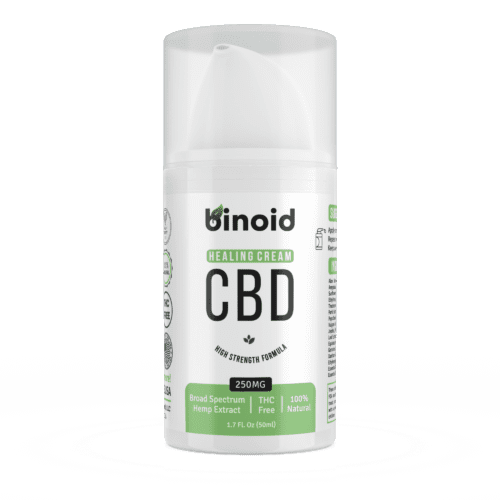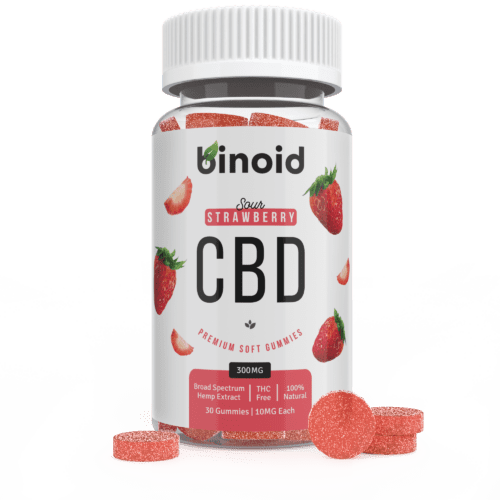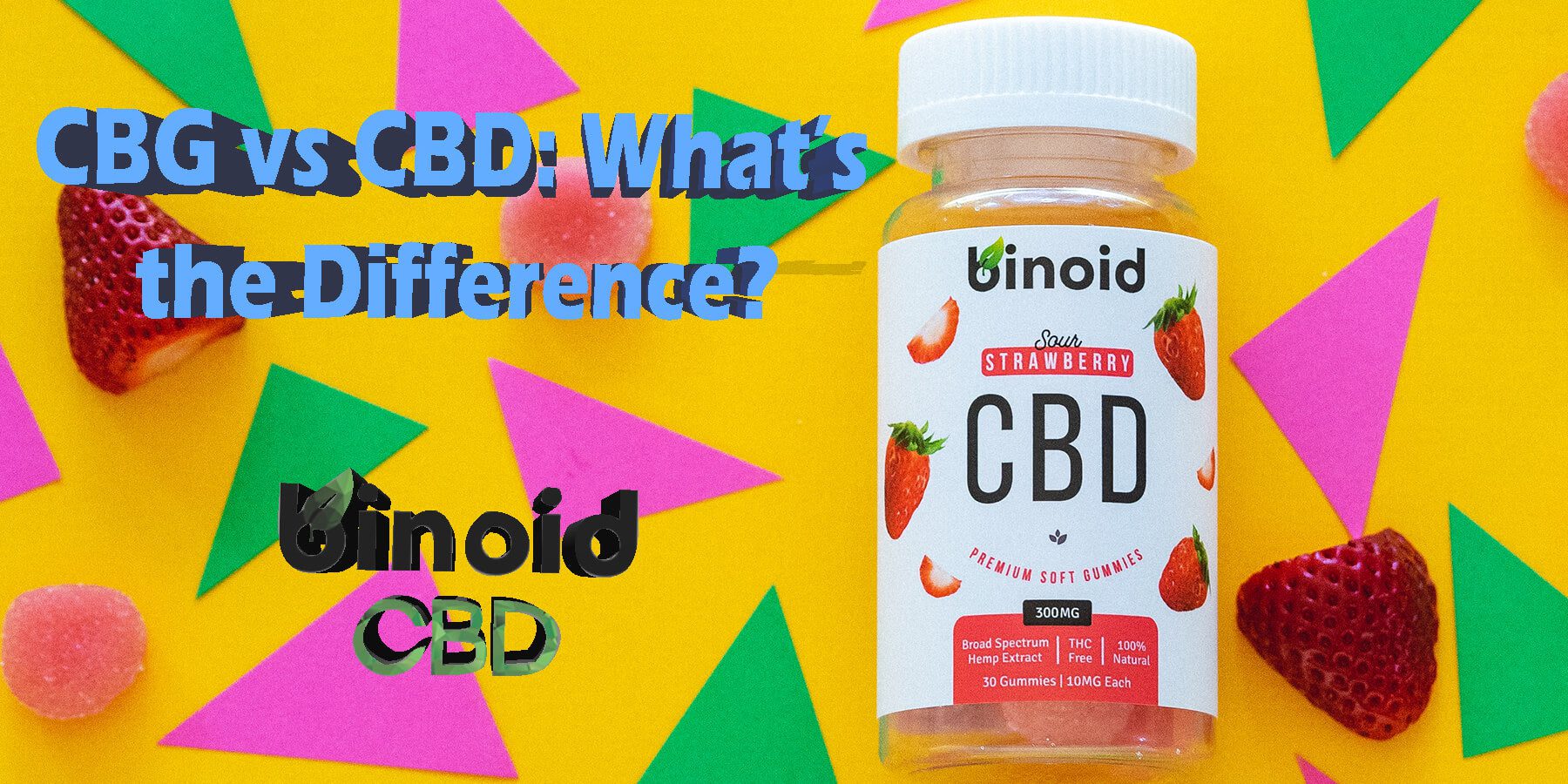
CBG vs. CBD: What’s the Key Differences and Benefits?
The cannabinoid matchup of the year is CBD vs. CBG! CBD stands for Cannabidiol, and CBG stands for Cannabigerol. CBD vs CBG is a hot topic that people are asking as most people who use CBD products likely understand CBD better, and are now learning about the newly isolated compound CBG. Or Cannabigerol.
Sure, most of us know enough about CBD to have been able to decide whether or not it’s worth incorporating into our daily routine. But, as CBD, more properly known as cannabidiol, continues to rise in popularity, medical researchers are finally beginning to take other compounds in the hemp plant more seriously as well. There are many new cannabinoid compounds that are entering the market. One compound in hemp that keeps getting extra attention is cannabigerol, which is shortened to CBG.
On paper, CBD and CBG look remarkably similar – in fact, so similar that many could understandably argue that there’s no point trying CBG when they are already on a CBD routine. As you’ll see, it’s actually fascinating.
To Buy CBD Products Click Here
-
Sale Product on sale
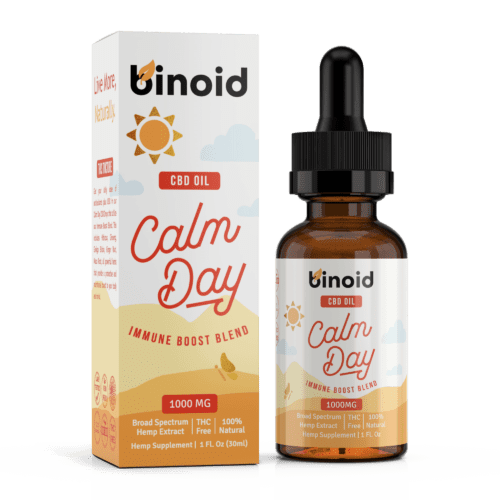 Binoid Calm Day CBD Oil – Immune Boost$28.99
Binoid Calm Day CBD Oil – Immune Boost$28.99$64.99 -
Sale Product on sale
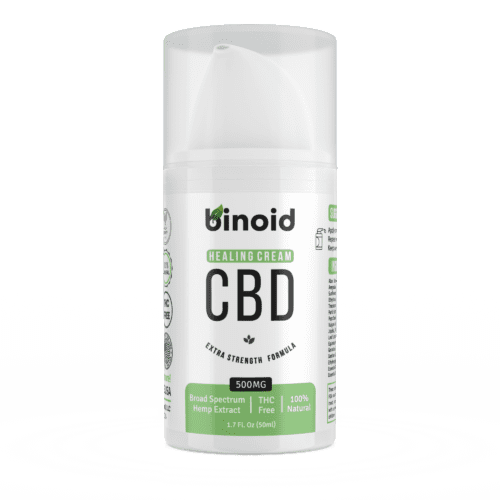 Binoid Healing Cream – Extra Strength$39.99
Binoid Healing Cream – Extra Strength$39.99$74.99 -
Sale Product on sale
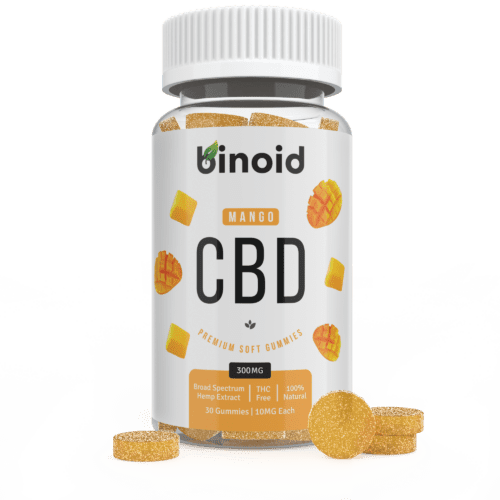 Binoid Gummies – Mango$26.99
Binoid Gummies – Mango$26.99$49.99
CBD vs CBG: What Do They Have in Common?
First, it’s important that we get into the various ways in which CBD and CBG are similar. In order to grasp this, we need to talk about cannabinoids. Cannabinoids are a class of compounds native to the cannabis genus, to which both hemp and marijuana belong. For this piece, we’ll be focusing on the hemp plant, which is legal federally while marijuana is not due to a high level of a certain psychoactive cannabinoid called THC.
CBD is the dominant cannabinoid in the hemp plant. Meanwhile, CBG is far less prominent in the plant’s chemical composition. This means that it’s easier to extract CBD than it is CBG.
However, that does not make CBG any less important. In fact, CBG is known as the “mother of all cannabinoids”. This is because CBG is the first compound that forms as hemp begins to grow and mature. Then CBG turns into all of the other compounds we know today. This includes CBD, CBC and CBN! Despite this, we are still learning the exact qualities CBG has. Such as CBG benefits, and side effects of CBG.
As we learn more, Cannabigerol is only going to be more prominent and important for specific relief such as glaucoma. For now, we know that both CBG and CBD are cannabinoids, and cannabinoids affect and regulate the body. Let’s take a deeper dive into cannabinoids and how they work.
What are Cannabinoids and What are Their Purposes?
We know that CBD offers many unique effects, seemingly being capable of having an impact on every single function of the human body, but how is this possible? Well, the answer has to do with the endocannabinoid system.
The body’s endocannabinoid system is a system in charge of the body’s status of homeostasis. This refers to a state of equilibrium within the body, in which every process is operating properly due to a fully functional and healthy series of bodily systems. The endocannabinoid system is capable of promoting this equilibrium through regulatory actions. Essentially, if a process within the body, whether it relates to mood, hormonal function, digestive function or even immune function, the endocannabinoid system rushes in to regulate its performance so that the body can improve holistically.
But it can’t do that without cannabinoids, which you may have gathered from the name. The endocannabinoid system needs cannabinoids to perform these regulatory actions, as the system consists of cannabinoid receptors strategically placed all throughout the body. Cannabinoid receptors are generally broken up into two categories: CB1 and CB2 receptors.
Therefore, both CBG and CBD affect these specific receptors in the brain, causing all of the benefits and results we are seeing today. A fun fact however, is that it appears that different cannabinoids bond with particular receptors to promote regulatory effects. This means that CBG and CBD provide different results to our body. For example, one may be better for pain while another is better for anxiety.
This is why researchers believe that a variety of cannabinoids should be consumed if maximum health benefits are desired. As each cannabinoid interacts with the endocannabinoid system in a different way, it’s safe to assume that the more cannabinoids, the merrier, so to speak. Hence, this is how mother nature has intended for us to consume cannabinoids, as the hemp plant naturally contains hundreds of them.
This is why we developed our Binoid Water-Soluble CBD Oil Drops. We use broad spectrum CBD, which consists of all of the cannabinoids in the hemp plant such as CBD, CBG, CBC, CBN, but no THC. We removed THC because of its possible negative interaction with sensitive individuals, as well as the possible drug test and work factor for many users who want the benefits of cannabinoids. Our drops combine all the cannabinoid benefits into one. Learn more about our Binoid CBD Drops here:
Thanks to modern science, we are capable of extracting and isolating individual cannabinoids. This allows us to try different combinations of cannabinoids to produce specific effects. So, the two most widely utilized cannabinoids presently are – you guessed it – CBD and CBG.
It’s worth pointing out a few more similarities between these two cannabinoids. One is that they’re both considered nontoxic to the body, and so we can take them daily and in fairly high doses. They’re also non-psychoactive, meaning that neither will get you high.
-
Sale Product on sale
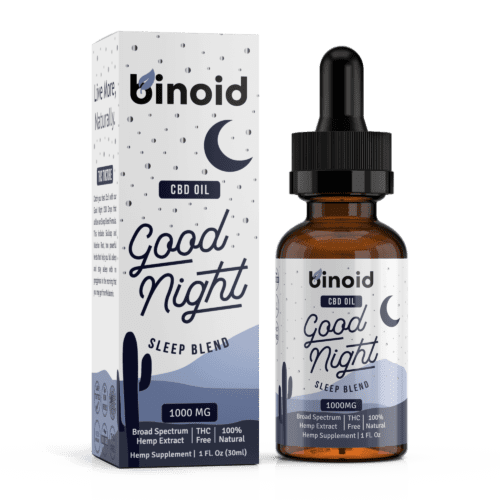 Binoid Good Night CBD Oil – Sleep Blend$28.99
Binoid Good Night CBD Oil – Sleep Blend$28.99$64.99 -
Sale Product on sale
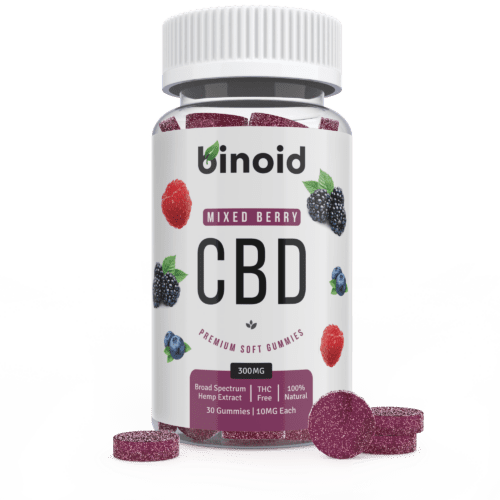 Binoid Gummies – Mixed Berry$26.99
Binoid Gummies – Mixed Berry$26.99$49.99 -
Sale Product on sale
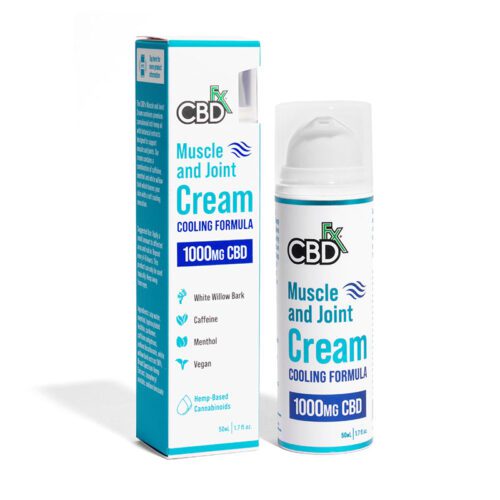 CBDfx CBD Cream Muscle & Joint 1000mg$44.99
CBDfx CBD Cream Muscle & Joint 1000mg$44.99$49.99
CBD and CBG Key Differences
Now, let’s dive into how CBD and CBG differ from each other.
CBD
As we said, CBD is the dominant cannabinoid in hemp, and it stands for cannabidiol. Cannabidiol is highly abundant in the plant material, making it easy to extract and comparatively cheap to produce.
Because CBD is so widely available compared to other cannabinoids in hemp, we have access to more research regarding it than others that are in the plant material. This means that we know way more about CBD than CBG, which is why we can list more of its noted properties. This doesn’t mean that CBG has fewer properties – it just means that more research is needed, as just extracting it for research alone is a more tedious and expensive process.
- Study #1: One of the most studied properties of cannabidiol is its anxiolytic effects, which is why people with all types of anxiety disorders and stress disorders take it. CBD has been tested for its effects on generalized anxiety disorder (GAD), post-traumatic stress disorder (PTSD), social anxiety disorder and even obsessive-compulsive disorder (PTSD). It seems to regulate cortisol production in the brain to produce a calming sensation throughout the nervous system. And, because of this calming effect, it’s commonly used for sleep problems as well, combined with the fact that it may regulate melatonin production.
- Study #2: CBD is also a known antioxidant, which has a lot to do with why it’s now being used in skincare formulas. And, it has anti-inflammatory properties as well, which has allowed it to become a common go-to for pain conditions as well as autoimmune symptoms.
- Study #3: CBD seems to have analgesic properties, meaning that it can interfere with pain receptors in the brain to minimize pain sensations.
- Study #4: Perhaps the most exciting discovery, however, has been its potential to offer effects on the neurological system thanks to its neuroprotectant properties, which can strengthen neuropathways and stimulate neurogenesis, making it particularly useful to those dealing with epilepsy and cognitive decline.
CBG
CBG is a more minorly occurring cannabinoid, but that doesn’t mean that its effects are any less fascinating. Also, some early studies show that CBG may effectively bind more securely to cannabinoid receptors, making it more easily utilized by the body.
- Study #1: Like CBD, CBG may also offer similar neurological benefits, and has been tested particularly for its effects on Huntington’s Disease, with promising results.
- Study #2: Established as an appetite stimulant that can also reduce nausea.
- Study #3: Potentially anxiolytic, especially when paired with CBD. CBG may also offer similar pain-relieving properties.
Which is Better: CBD or CBG?
Now, you might be wondering if you should give CBD or CBG a try. Here’s the thing, we can’t say that one is better than the other. Although they both operate via the endocannabinoid system, they bind to the cannabinoid receptors in unique ways, and utilize different mechanisms in order to provide effects.
It seems that the main factor when it comes to which one may be more suited for an individual is their body’s own way of utilizing cannabinoids. Therefore, while someone may find that CBD is all they need to manage stress, another person may have better luck with CBG due to the nature of their body.
For those who wish to take both CBD and CBG together, we have developed a high-CBG oil tincture, which is our Water-Soluble CBD Drops. These drops have a high dosage of CBG and CBD specifically for those who want to take both compounds for benefits.
How to Get Both CBD and CBG into Your Daily Routine
If you wish to try both CBD and CBG, you’ll be pleased to know that there are a few methods for doing so. Let’s list each one.
Full Spectrum CBD
Full spectrum CBD refers to a CBD product made with a full spectrum hemp extract. Full spectrum hemp extract naturally contains every chemical compound as it occurs in the plant material. This means that each dose provides you with both CBD and CBG as they exist in hemp, along with every other cannabinoid and compound that may be beneficial.
What’s more, full spectrum products produce the entourage effect, which is a synergistic effect produced by taking the compounds together as nature intended. It can provide more effectiveness, even from lower levels of cannabinoids present in the composition. Note: Full spectrum CBD contains at trace amount of THC that’s within the legal limit and won’t get you high.
Broad Spectrum CBD
Broad spectrum CBD is a THC-free alternative, offering every compound in hemp except for THC. It also gives you the full amount of CBG that’s in the plant material. But, it won’t give you the full entourage effect.
To see our Broad Spectrum CBD products click here.
Isolates
Finally, you can buy both CBD and CBG in isolate forms and try taking them together and separately to compare their effects and see how they feel synergistically when taken together.
CBD and CBG at Binoid CBD
At Binoid CBD, we’re always up to date with the latest discoveries in the world of hemp. That is why we make sure to offer a wide array of products containing both CBD and CBG. We have a full array of hemp-based goods that naturally contain both thanks to being made from full and broad spectrum hemp extracts. We also offer products from companies that cultivate high-CBG strains.
Final Thoughts
CBD and CBG are two distinctive cannabinoids and may offer different properties to your body. If you’re taking hemp for wellness purposes, then it’s absolutely worth exploring what each cannabinoid has to offer. We recommend experimenting with them because you may be surprised by how one suits your needs more effectively. Overall, Binoid CBD is here to make it easy for you to grab each cannabinoid in a way that’s bioavailable and simple to consume.

